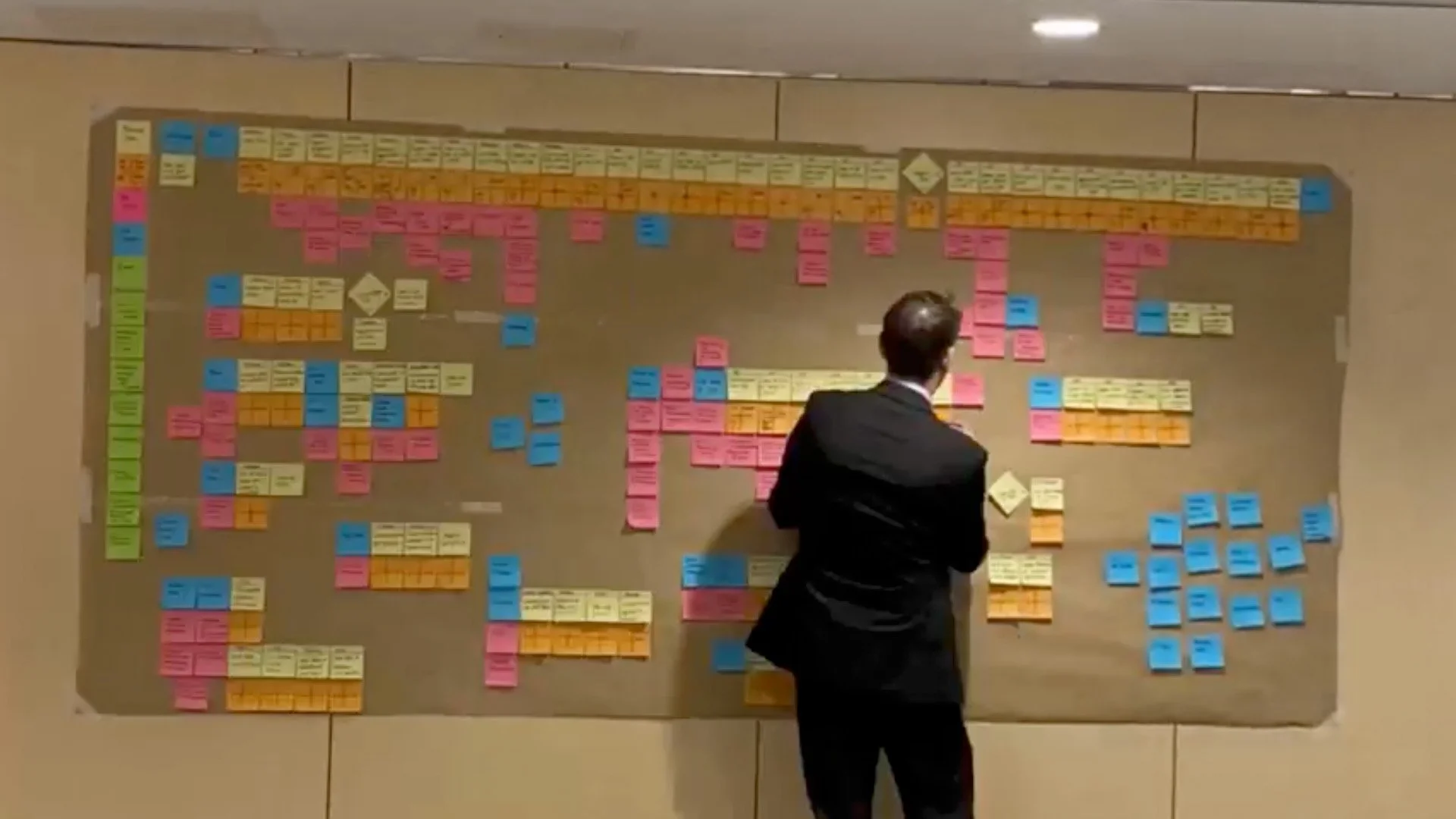How to spot a poor process
(before it becomes a big problem)
We all know a bad process when we’re stuck in one - delays, confusion, duplicated effort, but how do you spot one before it causes serious problems and frustration?
Process observations, shadowing, and simply speaking to your team who deliver the processes are good ways of finding red flags. Such as:
Too many handovers - If a task passes through multiple people or teams, chances are it’s bloated or unclear.
Workarounds are the norm - Staff inventing their own ways of working often means the process isn’t fit for purpose.
It relies on one person - If knowledge or responsibility is trapped in someone’s head, the process lacks resilience.
“It’s always been this way” - Familiarity isn’t the same as effectiveness. Legacy processes often need challenge.
Delays with no clear reason - Bottlenecks, approvals, and confusion about next steps are signs of poor process flow.
If this sounds familiar, it’s time to map it out, involve the people who use it, and redesign for clarity, speed, and value.
We run workshops with organisations using an approach called Value Stream Mapping. If you'd like a facilitator to work with you and your team to address your process problems, ask Ad Esse. Email hello@ad-esse.com.

